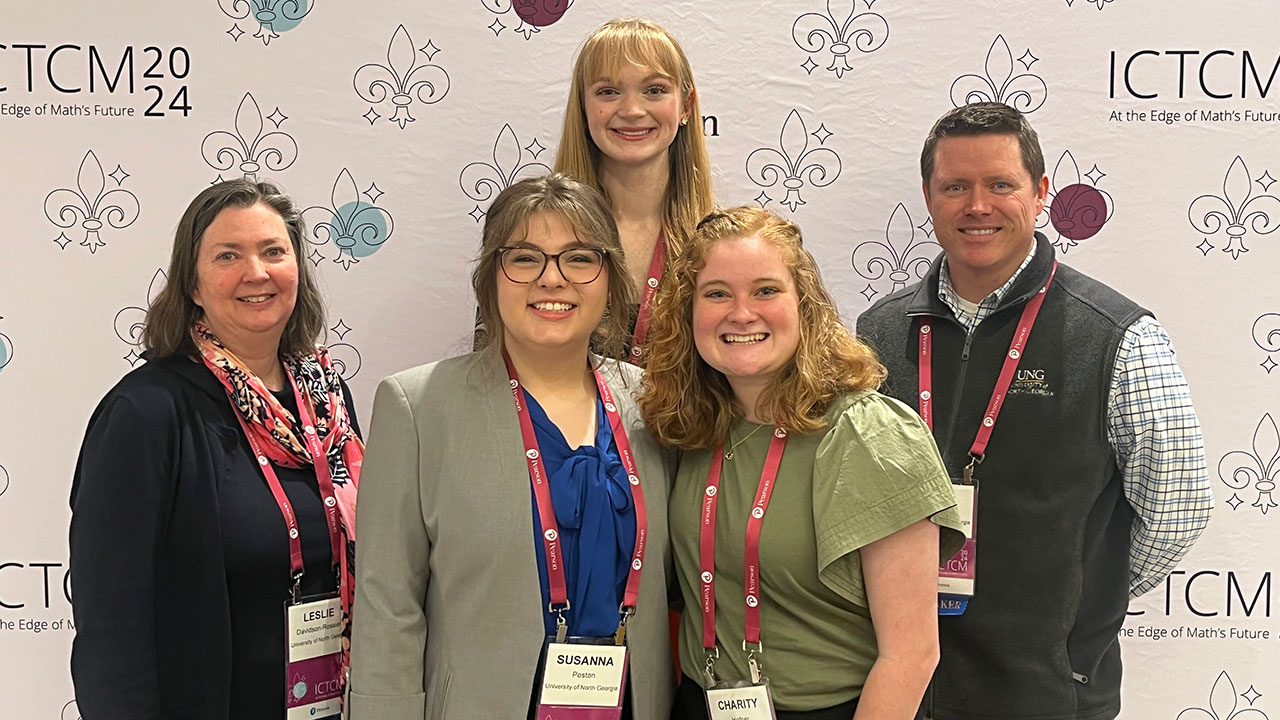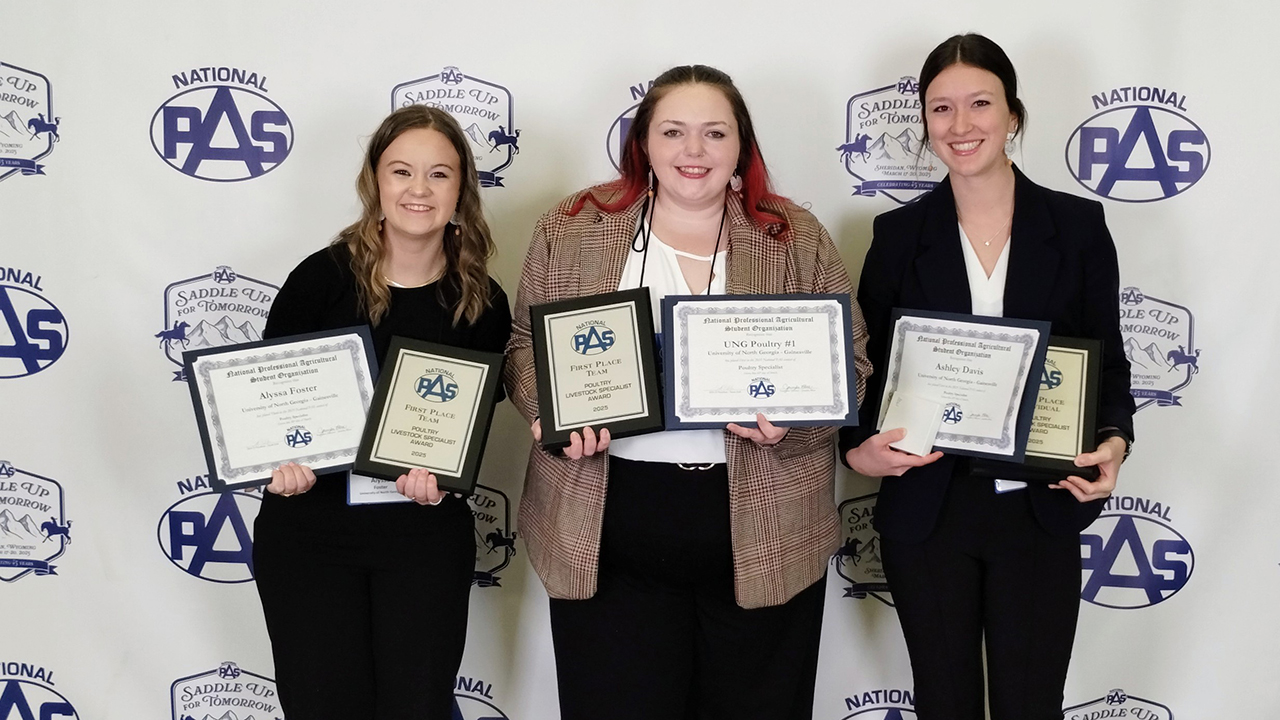PhysTec grant to fund recruitment for physics teachers

Article By: Staff
As the shortage of teachers in the science, technology, engineering and mathematics (STEM) fields parallels the overall lack of K-12 educators, the University of North Georgia (UNG) plan to combat the problem specifically in physics has received a boost in the form of $25,000 grant.
UNG received a grant from the Physics Teacher Education Coalition (PhysTEC), whose mission is to improve and promote the education of future physics teachers. UNG was awarded a Recruiting Site award to extend its efforts of encouraging students to become high school physics teachers.
Dr. Sarah Formica, professor of physics, initiated the grant application following her successful implementation of the Learning Assistant (LA) program in spring 2019. The LA program introduces students to physics education as a career path through one-on-one training with a professor, helping other students and learning about pedagogy.
"The grant that we were awarded will help us recruit students into the physics education pathway at UNG," said Formica, who is the grant's principal investigator.
Dr. April Nelms, associate dean for the College of Education, and Dr. Mark Spraker, professor of physics, collaborated on the physics education pathway a few years ago. The bachelor's degree in secondary education with a physics concentration was approved in 2016.
The trio's groundwork proved invaluable. PhysTEC awarded UNG the grant on their first application.
"It typically takes multiple submissions to be awarded a grant,” Nelms said. "I was surprised and excited that we were awarded on our first attempt."
Now the excitement will transfer into action for Formica, Nelms and Spraker. They will visit high schools to recruit students to UNG's physics education degree program.
"I will hit the ground running and start going to high schools and discuss with teachers and advisers across our service region about our program," Spraker said.
New UNG students, such as transfers and first-time freshman, will hear about the physics education program during orientation. Then Dr. Max Vazquez Dominguez, assistant professor of teacher education; Dr. Ted Forringer, assistant department head of physics; Formica; and Nelms will proactively advise the students to design the best pathway.
"Our No. 1 goal is to increase the number of qualified high school physics teachers," Formica said.
UNG's physics education program is designed for students to receive Bachelor of Science degrees in physics and secondary education. Upon graduation, they will be certified to teach.
Having high school physics teachers with a physics degree is paramount for PhysTEC, which is a partnership between the American Physical Society and the American Association of Physics Teachers. Of the approximately 3,100 teachers who are new to teaching physics each year, 35% have a degree in physics or physics education, according to the American Institute of Physics. This appears to be a long-term trend, as only 35% of the 27,000 U.S. high school physics teachers have such degrees.
This trend co-exists with an overall national teacher shortage. According to a report from the Learning Policy Institute, an estimated 300,000 new teachers will be needed each year by 2020. Five years later, that number will increase to 316,000 needed annually.
UNG is in a prime place to help increase the numbers of new physics teachers. From 2012-17, the number of bachelor's degrees awarded to physics majors jumped to an average of 18.29, marking a 143 percent increase from the previous average of 7.5 physics degrees during the 2001-11 academic years.
"We are among the top 10 percent of universities in the nation of producing undergraduate physics majors," Spraker said.
Formica said since UNG's physics program produces so many majors, "we have a large and talented cohort from which to recruit."



